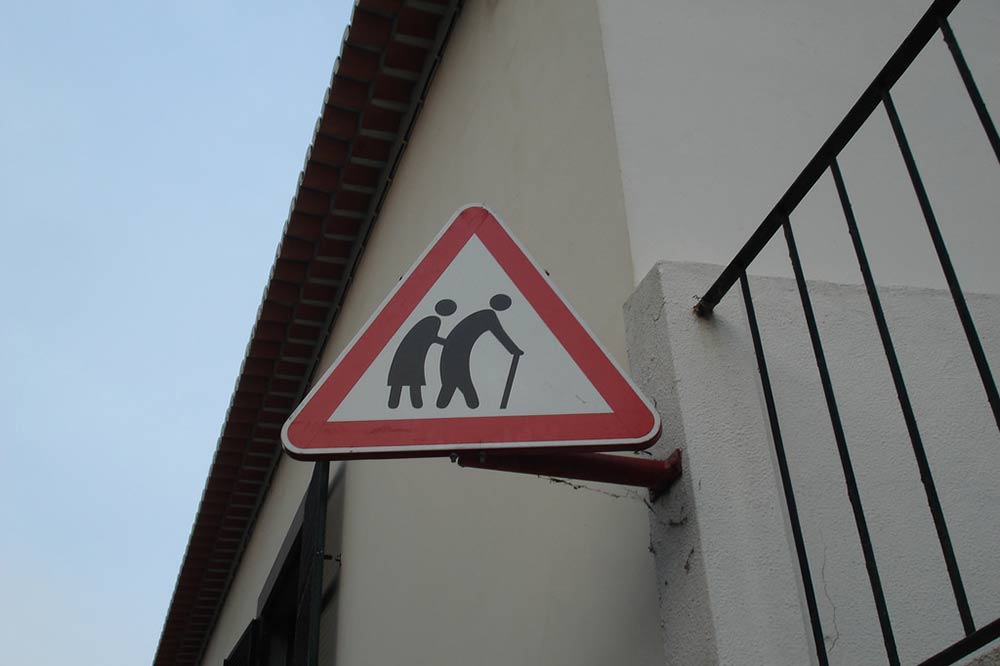
Image: bartb_pt
Local government representatives have gathered to discuss how best to meet the increasing demand for local services for people with a disability and the ageing.
It’s an important issue for councils to acknowledge due to the fact that Australia is dealing with an ageing population and funding distribution needs to be updated to reflect these critical issues that councils will need to bear.
More than 60 council representatives gathered in Sydney at Local Government NSW’s Aged and Disability Forum, which is unites council staff operating relevant services, and will update delegates on issues including Commonwealth-funded Home Care Packages, the National Disability Insurance Scheme (NDIS) and workforce planning.
LGNSW President Keith Rhoades said councils played an important role in providing community care as well as other support services that enabled people to remain active and in their own homes.
“Councils are rising to the challenge in a myriad of ways, from accessible and inclusive town planning right through to direct service provision,” Mr Rhoades said.
He said [they] are currently completing Disability Inclusion Action Plans, but “there is a great deal more work to do”.
“For example, we know that people receiving NDIS packages are crying out for social participation, so accessibility and other inclusion programs run by councils can be critical to their wellbeing.”
Mr Rhoades said programs and services were equally important to meet the needs of NSW’s ageing population.
“NSW is home to some 1.3 million people aged 65 or over – a figure that is growing rapidly,” he said.
“In fact, the Productivity Commission estimates that by 2050 more than 3.5 million Australians will use aged care services each year.
“With around 80 per cent of these services expected to be delivered in the community, the pressure on councils becomes even more stark.”
LGNSW offered some analytical reporting about the population of Sydney’s Inner South West, as it has the highest number of residents aged 70 years and older, followed by North Sydney and Hornsby, Parramatta and the South West.
According to LGNSW, regional hubs in the top 10 for this demographic include the Central Coast, followed by Newcastle and Lake Macquarie, the Mid North Coast, the Illawarra, Richmond-Tweed and the Hunter Valley.
“A grass-roots approach is critical, when you consider that the demographic distribution of older Australians cannot be met with a one-size fits all model,” Mr Rhoades said.
“That’s why it is so important that local government continue to work closely with the NSW and Federal Governments to deliver the best possible community outcomes.”





